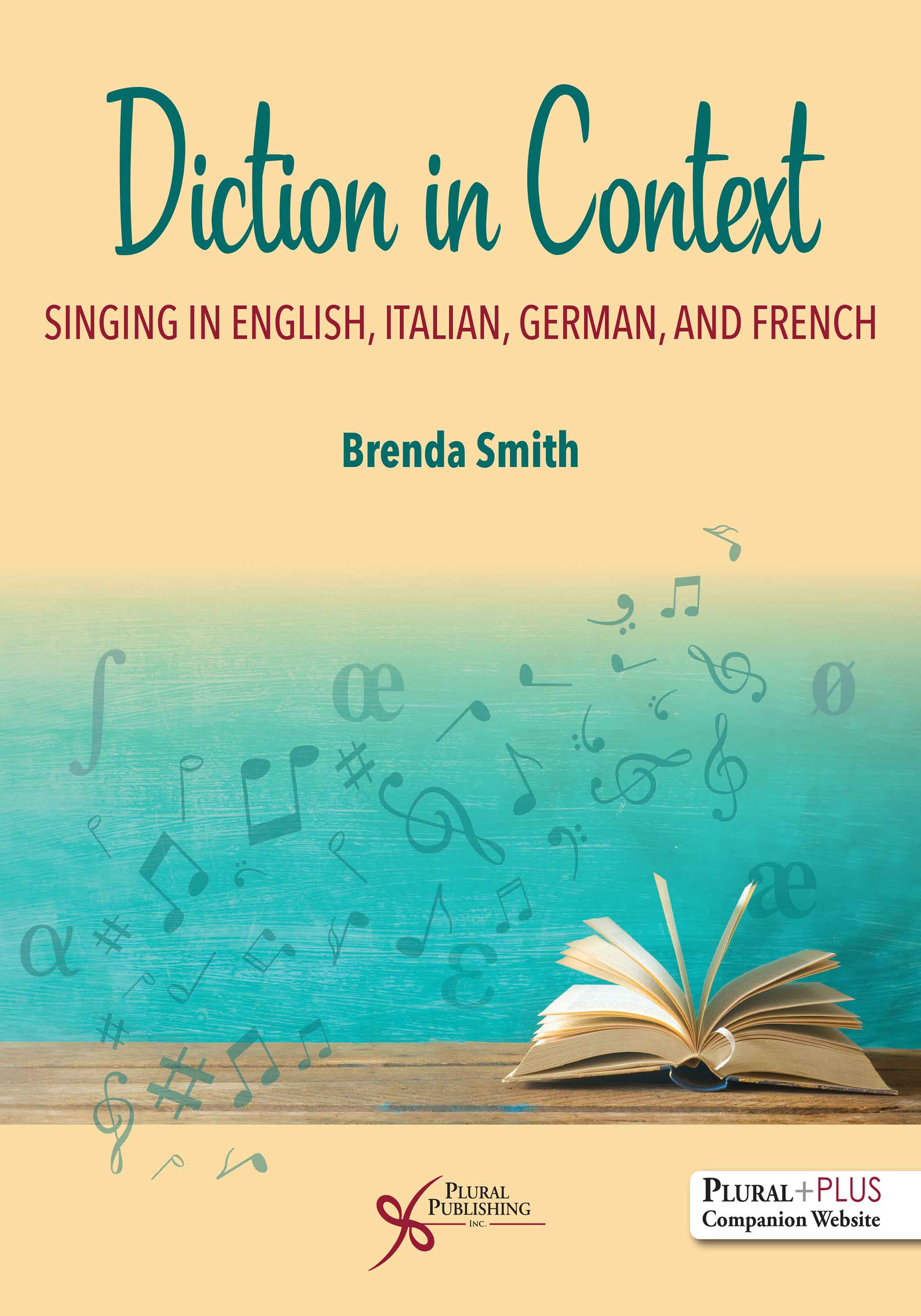
Diction in Context: Singing in English, Italian, German, and French
First Edition
Brenda Smith
Details: 345 pages, B&W, Softcover, 8.5" x 11"
ISBN13: 978-1-63550-120-9
© 2021 | Available
For Instructors
Purchase
Diction in Context is a unique and highly practical textbook for singers learning to sing in English, Italian, German, and French. Each chapter is designed for use in diction courses in academic music and voice programs, helping students learn through pronunciation, articulation, enunciation, punctuation, and cultural context in each language.
Students and teachers of singing will benefit from the text’s pertinent biographical, historical and literary sources along with diction rules and textual examples of English, Italian, German and French song. For each language, there is a section on sentence structure and syntax intended to assist readers with poetic analysis and word-by-word translations. Representative song texts are provided for the purpose of comparative listening and phonetic transcription. Comparative listening reveals subtle differences in expression and diction. In addition, the texts are presented in a workbook format, allowing space for IPA dictation practice.
Diction in Context provides singers with the tools needed to delve deeply into the poetry and music they sing, to pronounce text accurately and to feel confident in expressing it. By combining English, Italian, German, and French into one easy-to-use textbook, students will benefit from a comparative perspective of singing in each language.
Key Features:
- Repertoire lists are provided for each language and are designed to be used for class presentations and assessments
- Discussion questions to challenge reader comprehension of key concepts and songs
- Word-by-word translations to accompany foreign language texts
- An end-of-book glossary featuring definitions of terms in the text as well as terminology encountered in related literature
- Three practical appendices, including:
o Practice drills, quizzes, and assessment forms
o A list of additional resources for diction learning
o An Index of Works Cited featuring all poems and songs referenced in the book in one easily accessible list
- Access to a PluralPlus companion website with PowerPoint lecture slides, lesson plans, exercises, electronic versions of the appendices and supplementary resources
Reviews
"Brenda Smith’s Diction in Context is a unique and worthwhile resource for teachers and students of undergraduate diction. It is evident that an enormous amount of experience and research went into the creation of this text, and yet at fewer than 400 pages it is a manageable length for a year of diction study. The organization and content are such that diction and interpretation are inextricably linked throughout, a message that is of the utmost importance for young singers. As stated in the first chapter, 'If the singer does not thoroughly grasp the text, the singing will be a vocal sound event without pathos and artistry.' Smith has created a resource that promotes knowledge and artistic expression from the earliest stages of vocal study, and it is a welcome contribution to the vocal literature canon."
—Jeanette Fontaine, Mississippi State University, in Journal of Singing (May/June 2020)
"I began this review by identifying one of the singular features of this new lyric diction text. Borrowing techniques from the field of literary analysis, including comprehension, contextualisation and close reading, places expression and meaning at the forefront of the singing diction student’s mind, illuminating and invigorating what can otherwise be a dry subject. The book’s other impressive features - the uniting of all the major elements of diction and interpretation, the recognition and provision of online and other resources, the course design and the inclusion of learning and assessment tasks –lead me to place this book high on a list of recommended lyric diction texts. One feature, however, stands out above the rest for its uniqueness, necessity and timeliness: the use of guided comparative listening tasks. In a loud, overwhelmingly visual world, whose busy pace may be said to encourage casual and cursory relationships, the ability to listen attentively and critically has become an art and a craft. Smith acknowledges this by including comparative listening tasks for every language, naming individual singers and pianists, and citing actual commercial recordings."
—Linda Barcan, Melbourne Conservatorium of Music, University of Melbourne, in Australiian Voice (2020)
“In her new book on the subject, Diction in Context: Singing in English, Italian, German, and French Brenda Smith successfully argues that how stories are told deserves more respect and interest from students and teachers alike. There is so much more to what one is saying than the simple mechanics of “how to.” For the singer, examining how culture and language affect poetry can open a window on intention and interpretation that is not always considered.
Diction in Context is a comprehensive guide to sung diction for both the teacher and student of singing that uses a “poetry first” approach. Smith takes a deep dive into the close reading of text to inspire a technical study of diction that asks students to consider not merely how a word is pronounced, but how the text as a whole came to be, the relationship of composer to poet, and where it lives in the development of both the language and the canon. She gives the student tools to illuminate not just the poetry of the sung word but also the importance of a strong understanding of the formation of sound that will serve across a wide range of musical disciplines.
It could be especially helpful in smaller vocal programs without as many resources; a separate diction coach and/or course are not always available. In these settings, professors and private teachers can use Diction in Context not just as a helpful reference but as a supplement over the course of study, depending on the studio teacher or the program’s goals. English can be tackled in the first semester, Italian in the second, and so on into German and French, rather than the suggested year-long course. Among the helpful tools provided in the book are a list of commonly used poetic terms in all four languages, Greek and Roman mythology references, and literary symbols. The online resources are strong as well. Smith provides the student with a helpful chart comparing IPA sounds and symbols across the four main languages. A delightful addition is the list of tongue twisters created by her husband, Professor Ronald Burrichter of the University of Florida. This can be used with younger students in the private studio, and it will keep the college students laughing, too. […]
Overall, I highly recommend this book in any number of academic settings. It could also serve as a helpful refresher for the singing professional.
—Susan Derry, American University, in Voice and Speech Review (October 2020)
Introduction
A Message to Students
A Message to Teachers
Acknowledgements
Reviewers
Chapter 1. Gathering the Tools
Introduction
Meaning
Pronunciation
Articulation
Enunciation
Punctuation
Cultural Context
The Anatomy of Diction
The Mechanics of Diction
Classification of Vowels
Classification of Consonants
Diction and Vocal Health
The Rainbow Passage
Interpretation: Where to Begin
What Do Singers Sing About?
Where Were Songs Sung and Why?
Why Do We Sing as We Do?
How is Love Expressed in English?
What is the Italian View of Love?
How do Germans Interpret the Concept of Love?
Do the French Have Different Views of Love?
Love and the Seasons
Singer’s Diction: Poetry in Song
Discussion Questions
Orpheus and His Lyre
Can Poetry Be Defined?
What is Poetry?
Who Writes Poetry, When, and Why?
How Should Poetry Be Read?
How Does a Singer Approach a Poem Set to Music?
Why Is Close Reading Important for Singing and Diction?
Discussion Questions
International Phonetic Alphabet: History and Use
Rules of the Road
Essential Vocabulary
Additional Tools
Terms from Greek Mythology and Roman Legend
Literary Symbols
Translations – Literal, “Singable,” and Poetic
Rhythm
Rhyme
Symbols
Expressivity of Vowels and Consonants
Literal or “Word-by-Word” Translations
Singable Translations
Poetic Translations/Equivalent
Conclusion
References
Chapter 2. English
The Sounds of English
Singing in English: Why is English Such a Challenge?
Singing in English: How is Singing English different than Speaking English?
The Sounds of English
English Vowel Sounds: The Cornerstones of Singer’s Diction
English Consonants
Study Guide: English Consonant Sounds
Practicing Vowel Sounds in English
The Parts of Speech and Elements of Syntax in English
Component Parts of English Sentences
William Shakespeare: The Place to Start in English
Early English Song
Lute Songs and Their Lyrics Defined
Discussion Questions
Diction in Context: Comparative Listening Exercises
English Ayres
John Dowland (1563-1626)
Philip Rosseter (1568-1623)
Thomas Morley (1557-1602)
Early Opera, Oratorio and Airs
Henry Purcell (1659-1695)
George Frideric Handel (1685-1759)
Thomas Arne (1710-1778)
George Munro (1685-1731)
English Diction First Presentation
Repertoire Suggestions
Duet Settings
Poetry and Song in 19th and 20th Century England
William Blake (1757-1823) Poet, Painter and Printmaker
The Brownings: Elizabeth Barrett Browning (1806-1861) and Robert Browning (1812-1889
The Rossettis: Christina Rossetti (1830-1894) and Dante Gabriel Rossetti (1828-1882)
Ivor Gurney (1890-1937): Poet and Composer
A. E. Housman (1859-1936): Poet Whose Words Sparked British and American Song
The 19th and 20th Century American Song
The American Approach to Poetic Thought
Emily Dickinson (1830-1886) and Walt Whitman (1819-1892)
James Joyce (1882-1941) and James Stephens (1880-1950)
Discussion Questions
English Diction Final Presentation Repertoire List
Conclusion
References
Chapter 3. Italian
The Sounds of Italian
Italian Vowels
Italian Consonants
Diction in Context: Italian Vowels
The Letters “e” and “o”
Diction in Context: Consonants
More About the Letters “c,” “g,” and “sc”
Double Consonants and Consonant Clusters
Single and Double Consonant Practice
Parts of Speech and Elements of Grammar
Elements of Sentences
Discussion Questions
Italian Language and Thought
Dante and Petrarch
Petrarch and Laura
Early Italian Song
Giulio Caccini (1546-1618
Marco Antonio (Pietro) Cesti (1620-1669)
Alessandro Scarlatti (1660-1725)
Alessandro Parisotti (1853-1913)
Stefano Donaudy (1879-1925)
Discussion Questions
Italian Diction First Presentation Repertoire List
Italian Vocal Music in the Nineteenth Century
Gioachino Antonio Rossini (1792-1868)
Gaetano Donizetti (1797-1848)
Vincenzo Bellini (1801-1835)
Giuseppe Verdi (1813-1901)
Italian Diction Final Presentation Repertoire List
Conclusion
References
Chapter 4. German
The Sounds of German
Single Vowels or Monophthongs
Diphthongs
Glide
Fricative Consonants
Affricative Consonants
Lateral Consonant
Unvoiced Stop Plosive Consonants
Onset of Open Vowels
Parts of Speech and Elements of Grammar
Elements of Sentences
Goethe and Romanticism
Discussion Questions
The Poets
Heinrich Heine (1797-1856): Lyric Poet
Friedrich Rückert (1788-1866)
Joseph von Eichendorff (1788-1857)
Eduard Mörike (1804-1875)
The Composers
Fanny Mendelssohn Hensel (1805-1846) and Felix Mendelssohn-Bartholdy (1809-1847)
Robert Schumann (1810-1856) and Clara Wieck Schumann (1819-1896)
Johannes Brahms (1833-1897)
German Diction First Presentation Repertoire List
Later 19th Century German Lied
Hugo Wolf (1860-1903)and Eduard Mörike (1804-1875)
Hugo Wolf and Johann Wolfgang von Goethe (1749-1832)
Hugo Wolf and Joseph von Eichendorff (1788-1857)
Hugo Wolf and Italienisches Liederbuch
Hugo Wolf and Spanisches Liederbuch
Gustav Mahler (1860-1911)
Richard Strauss (1864-1949)
German Diction Final Presentation Repertoire List
Conclusion
References
Chapter 5. French
The Sounds of French
Mute “e”: [ə] or [œ]
Glides
Mixed Vowels
Nasal Vowels
Diacritical Marks
French Consonants
Parts of Speech and Elements of Grammar
Elements of Sentences
The Early French Art Song
Hector Berlioz (1803-1869)
Cesar Franck (1822-1890)
Charles Gounod (1818-1893)
Composers of the French Mélodie
Camille Saint-Saëns (1835-1921)
Gabriel Fauré (1845-1924)
Who Wrote the Poems that Inspired French Mélodie?
Paul Verlaine (1844-1916)
Victor Hugo (1802-1885)
Charles Baudelaire (1811-1867)
Theophile Gautier (1811-1872)
Claude Debussy (1862-1918)
Ernest Chausson (1855-1899)
Henri Duparc (1848-1933)
Emmanuel Chabrier (1841-1894)
Reynaldo Hahn (1875-1947)
Discussion Questions
The French mélodies of Maurice Ravel, Francis Poulenc, and Erik Satie
Maurice Ravel (1875-1937)
Francis Poulenc (1899-1963)
Erik Satie (1866-1925)
French Diction Final Presentation Repertoire List
Conclusion
References
Concluding Thoughts
Glossary
Appendix A. Practice Drills, Quizzes, Assessment Forms
Appendix B. Index of Works Cited
Appendix C. Resources for Diction Learning
Index
Purchase of Diction in Context: Singing in English, Italian, German, and French comes with access to supplementary student and instructor materials on a PluralPlus companion website.
STUDENTS:
To access the student materials, you must register the access code printed on the inside front cover of your book on the companion website.
INSTRUCTORS:
To access the instructor materials, you must contact Plural Publishing, Inc. to be verified as an instructor and receive your access code.
Email: instructormaterials@pluralpublishing.com
Tel: 866-758-7251 (toll free) or 858-492-1555
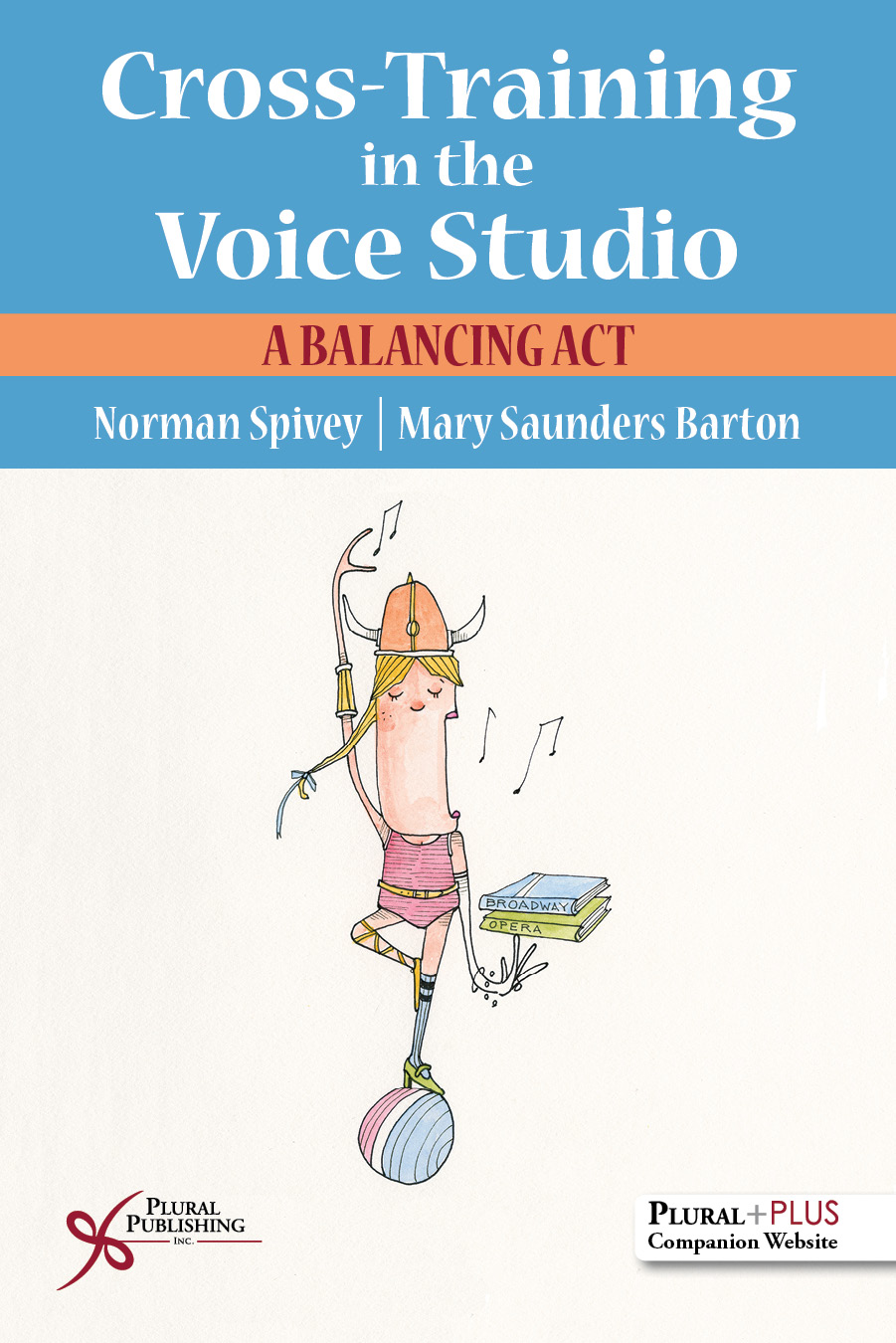
Cross-Training in the Voice Studio: A Balancing Act
First Edition
Norman Spivey, Mary Saunders Barton
Details: 151 pages, B&W, Softcover, 6" x 9"
ISBN13: 978-1-63550-037-0
© 2018 | Available
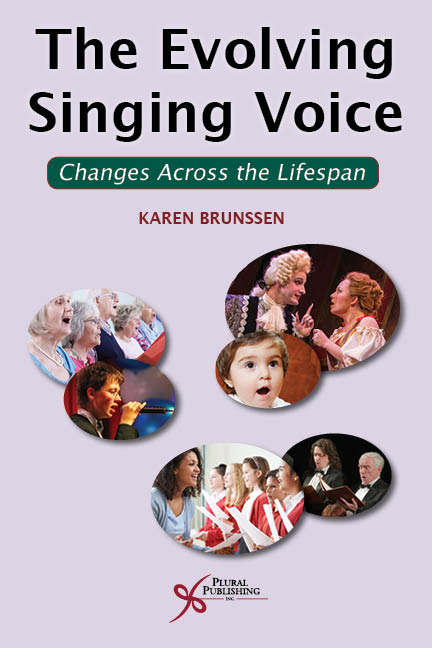
The Evolving Singing Voice: Changes Across the Lifespan
First Edition
Karen Brunssen
Details: 331 pages, B&W, Softcover, 6" x 9"
ISBN13: 978-1-63550-043-1
© 2018 | Available
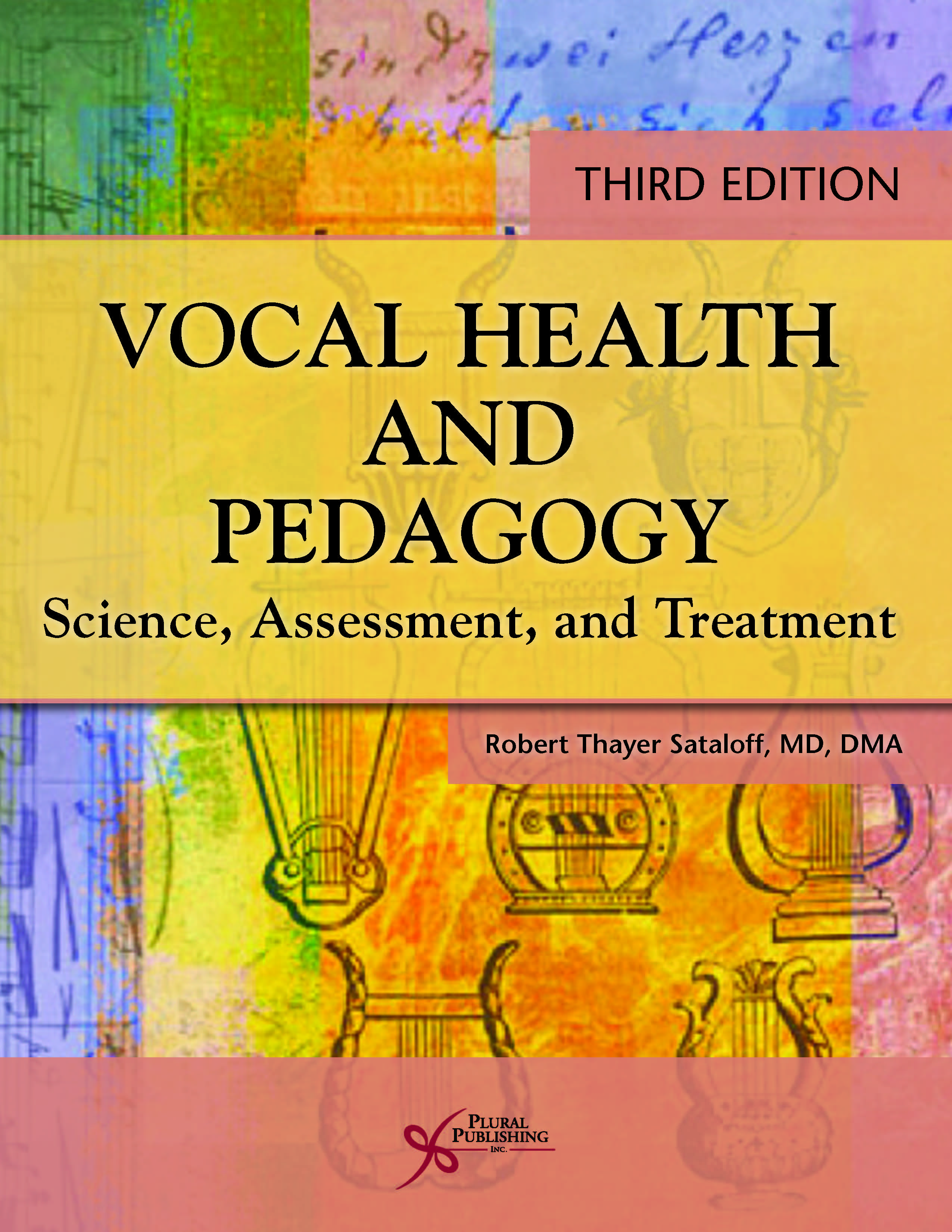
Vocal Health and Pedagogy: Science, Assessment, and Treatment
Third Edition
Robert T. Sataloff
Details: 984 pages, B&W, Softcover, 8.5" x 11"
ISBN13: 978-1-59756-860-9
© 2017 | Available
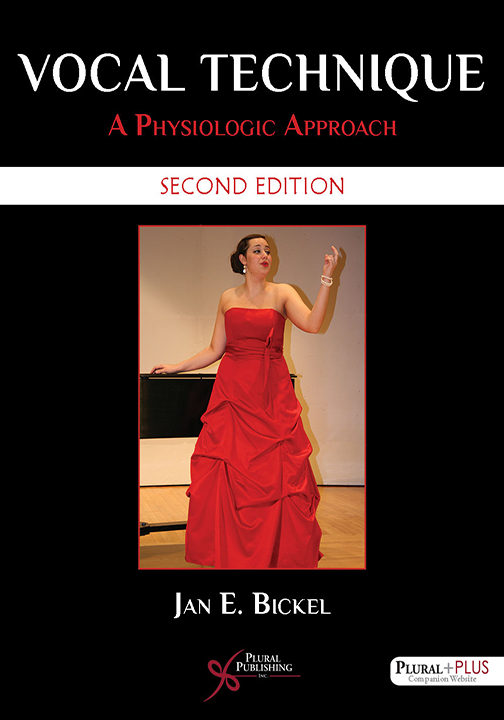
Vocal Technique: A Physiologic Approach
Second Edition
Jan Bickel
Details: 248 pages, B&W, Softcover, 8.5" x 11"
ISBN13: 978-1-94488-333-1
© 2017 | Available
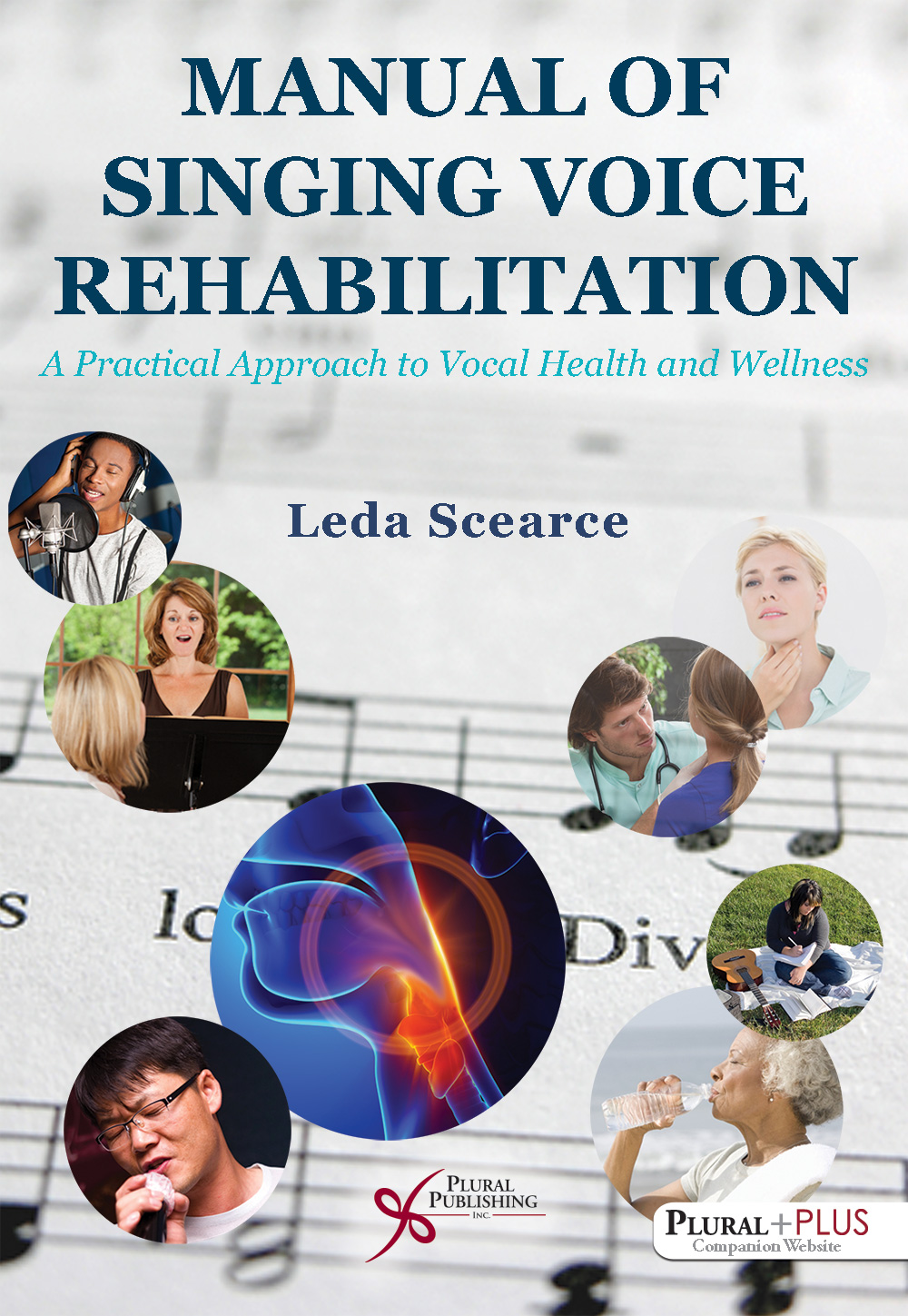
Manual of Singing Voice Rehabilitation: A Practical Approach to Vocal Health and Wellness
First Edition
Leda Scearce
Details: 444 pages, B&W, Softcover, 7" x 10"
ISBN13: 978-1-59756-568-4
© 2016 | Available
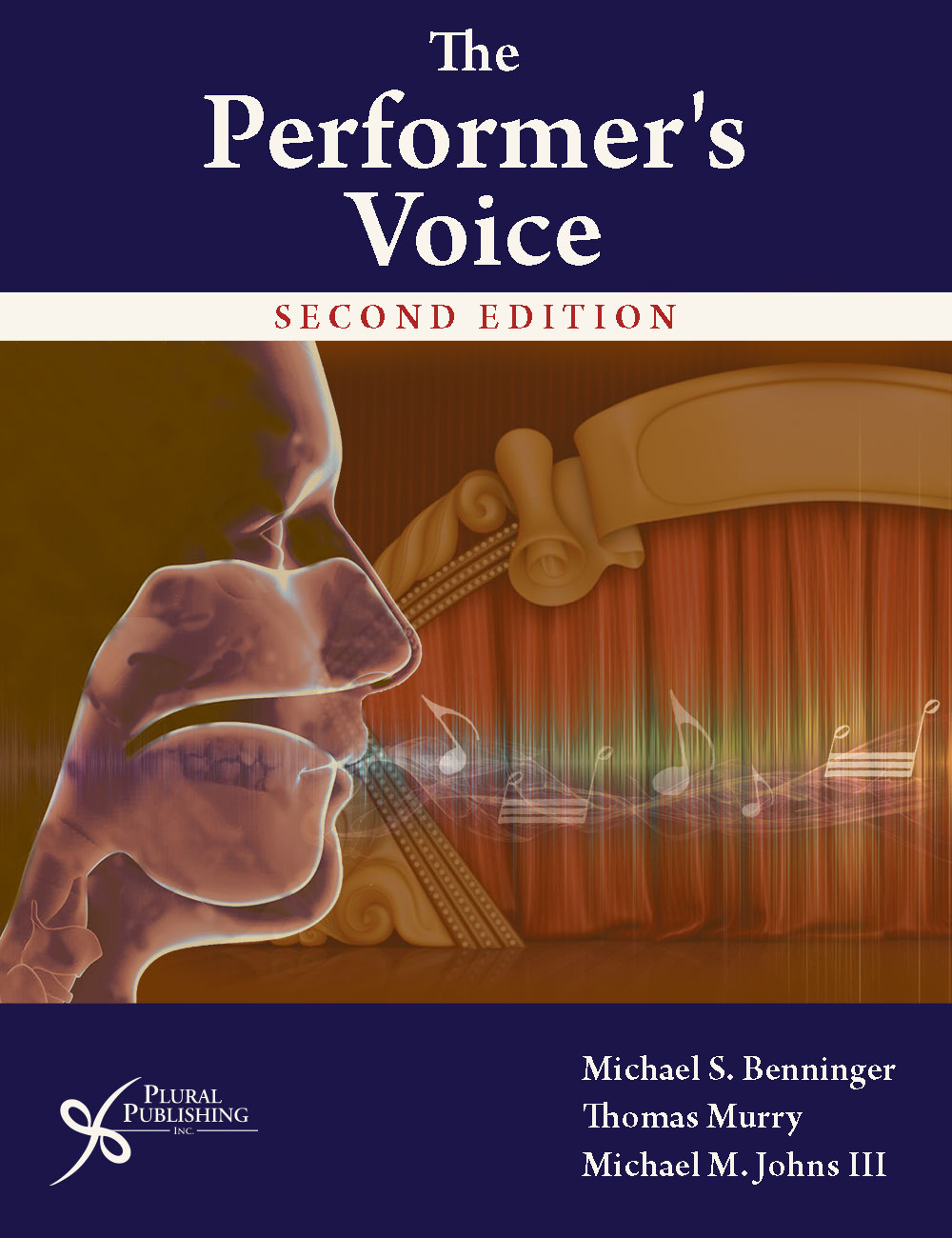
The Performer's Voice
Second Edition
Michael S. Benninger, Thomas Murry, Michael M. Johns, III
Details: 463 pages, Full Color, Hardcover, 8.5" x 11"
ISBN13: 978-1-59756-543-1
© 2016 | Available
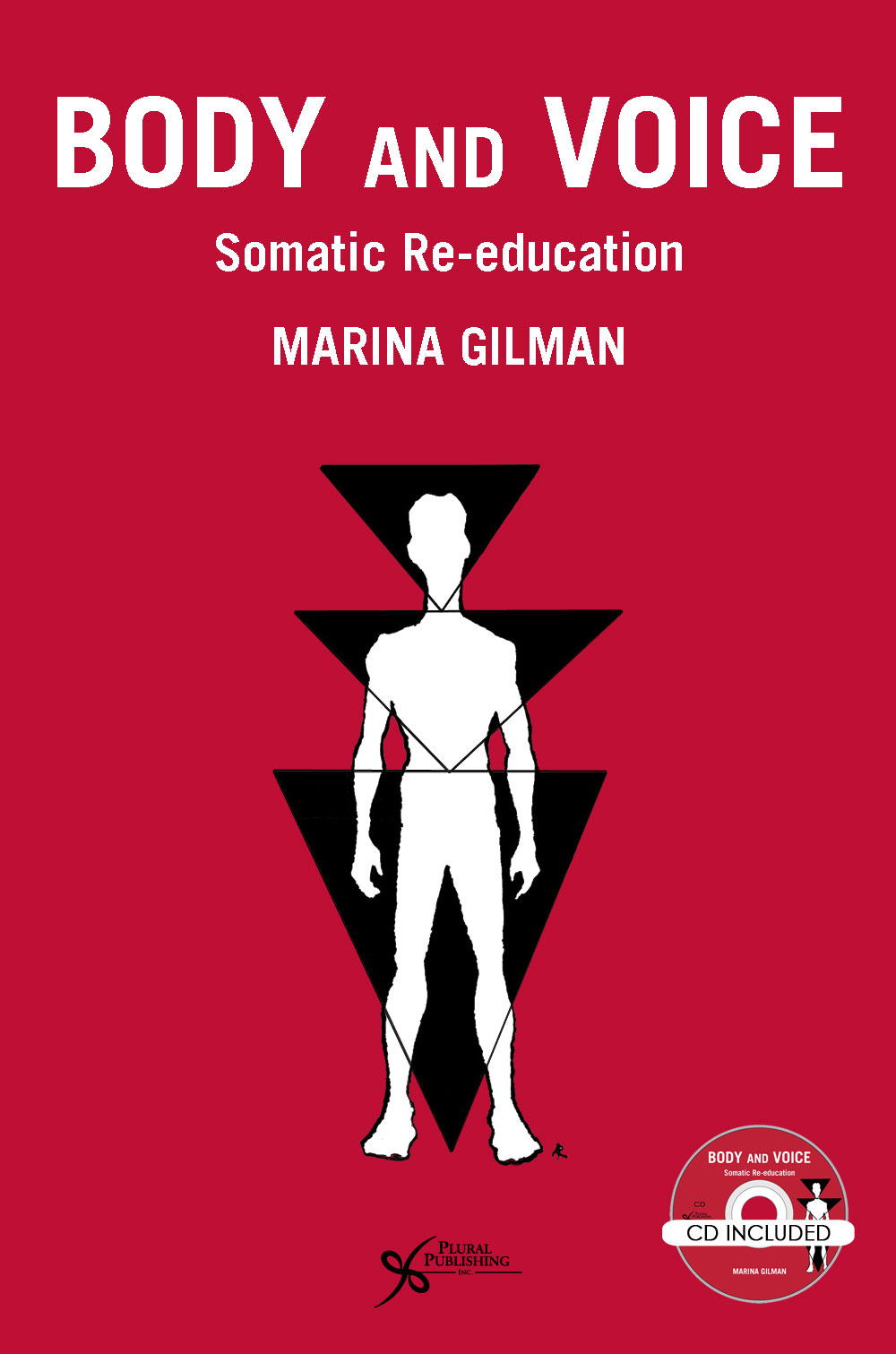
Body and Voice: Somatic Re-education
First Edition
Marina Gilman
Details: 272 pages, B&W, Softcover, 6" x 9"
ISBN13: 978-1-59756-509-7
© 2014 | Available
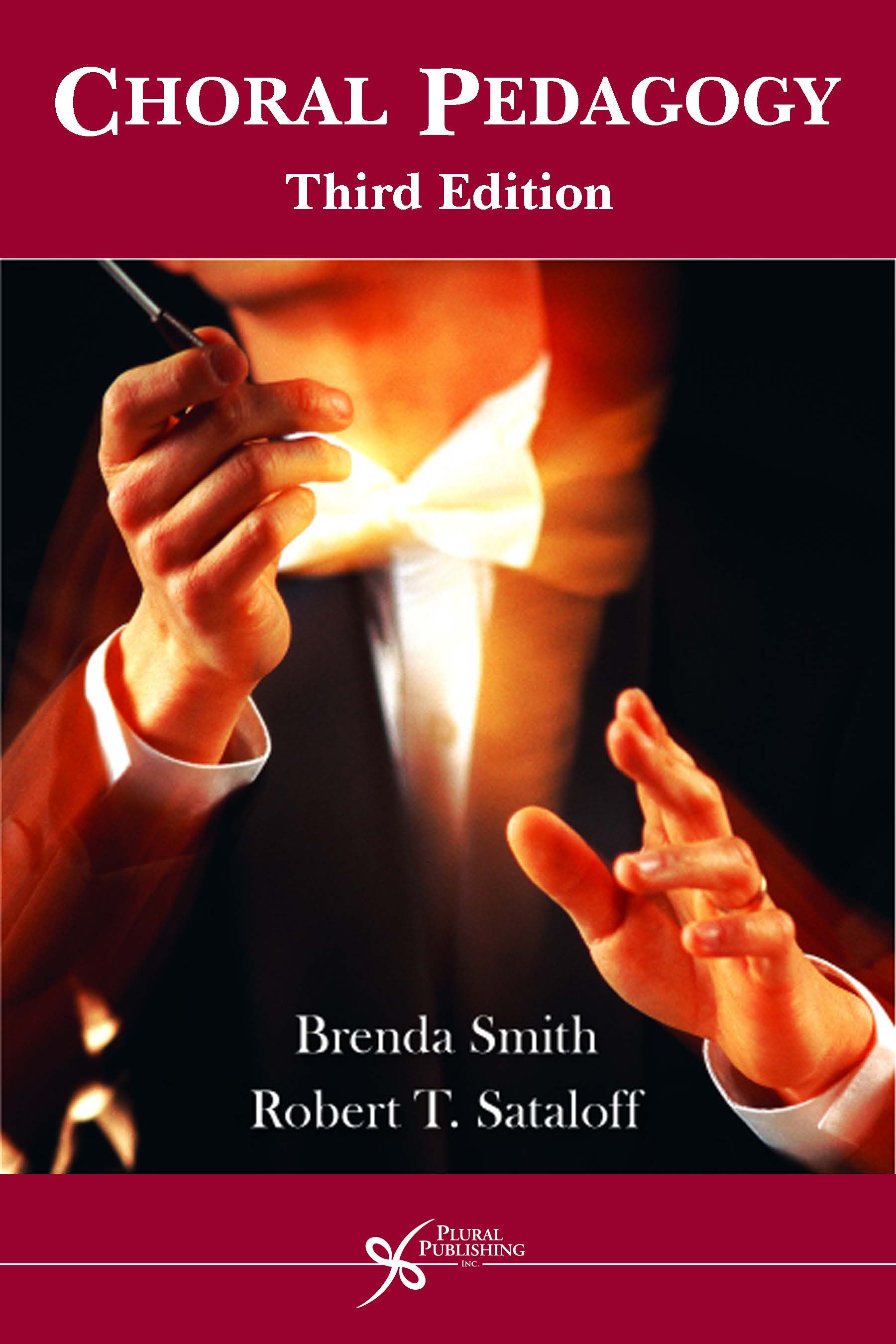
Choral Pedagogy
Third Edition
Brenda Smith, Robert T. Sataloff
Details: 344 pages, B&W, Softcover, 6" x 9"
ISBN13: 978-1-59756-535-6
© 2013 | Available
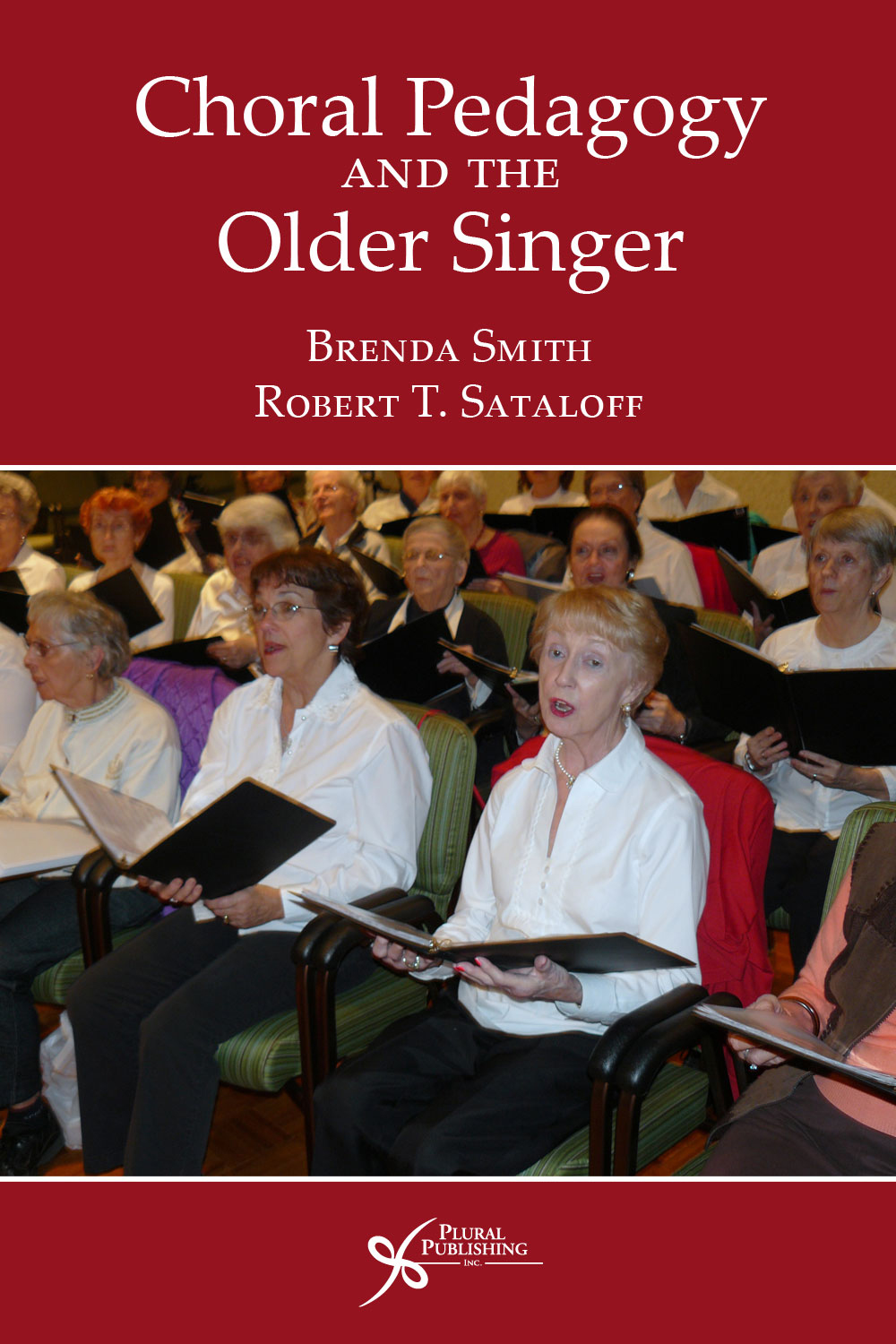
Choral Pedagogy and the Older Singer
First Edition
Brenda Smith, Robert T. Sataloff
Details: 368 pages, B&W, Softcover, 6" x 9"
ISBN13: 978-1-59756-438-0
© 2012 | Available
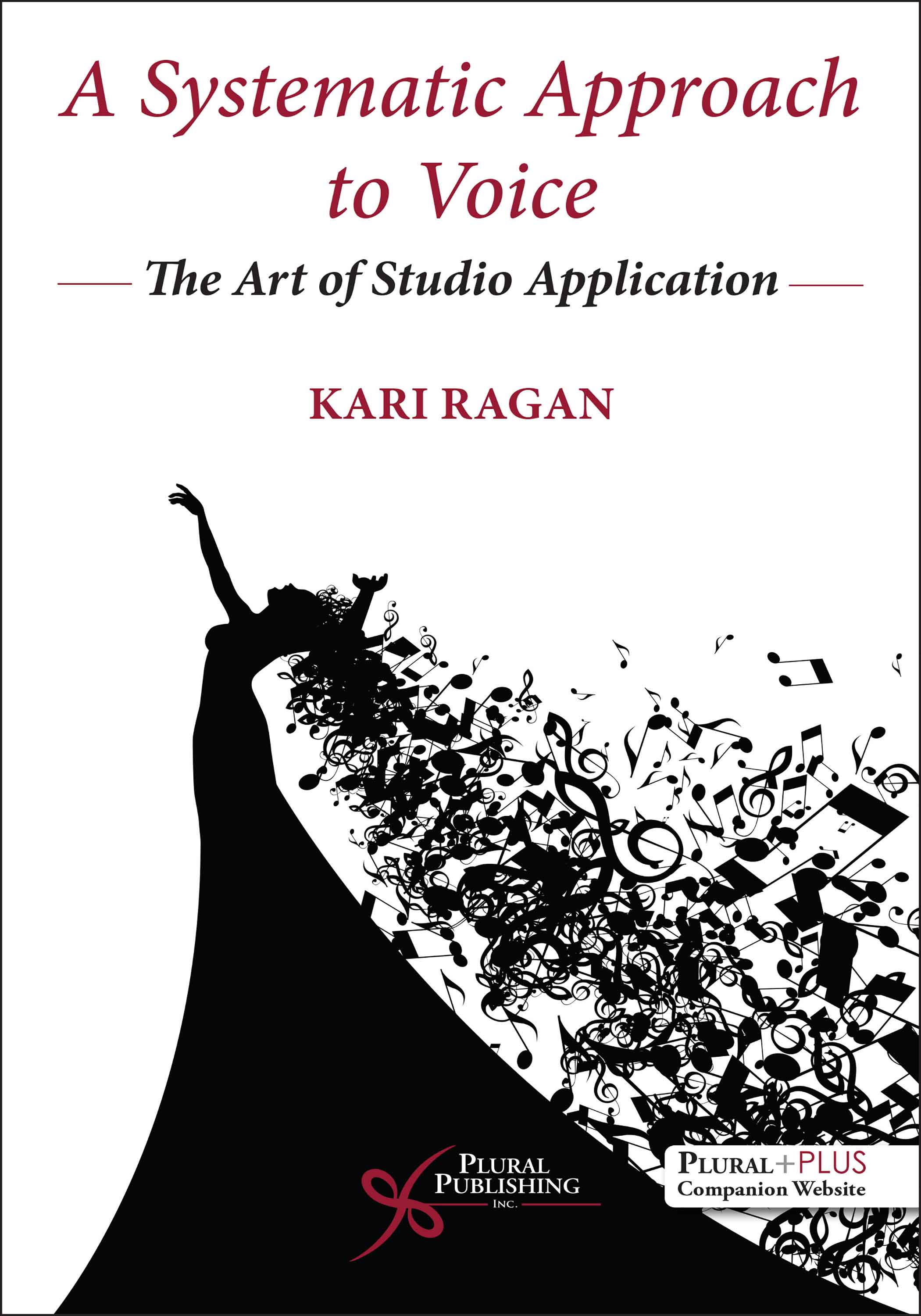
A Systematic Approach to Voice: The Art of Studio Application
First Edition
Kari Ragan
Details: 246 pages, B&W, Softcover, 6" x 9"
ISBN13: 978-1-63550-223-7
© 2020 | Available
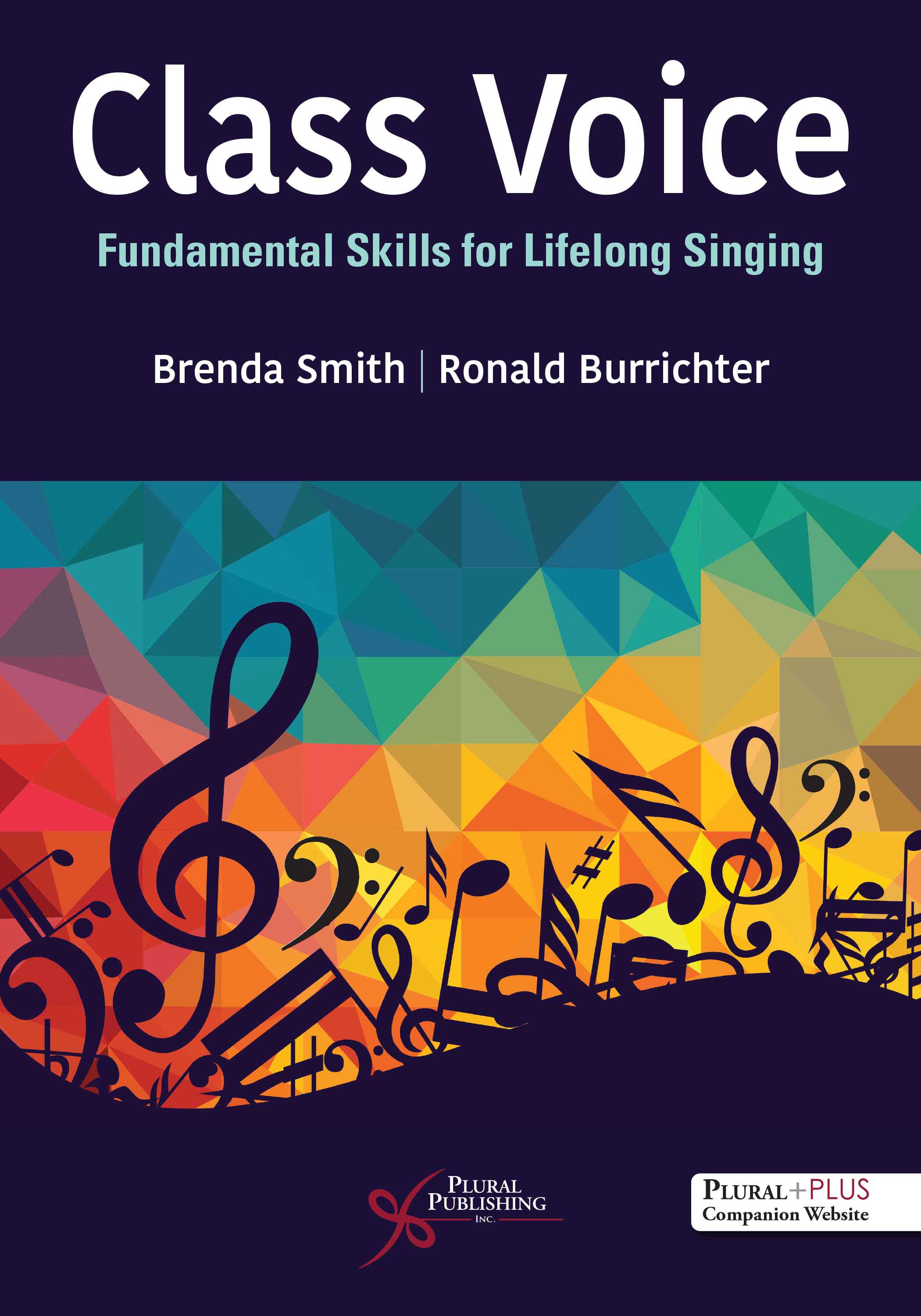
Class Voice: Fundamental Skills for Lifelong Singing
First Edition
Brenda Smith, Ronald Burrichter
Details: 222 pages, B&W, Softcover, 7" x 10"
ISBN13: 978-1-63550-326-5
© 2023 | Available
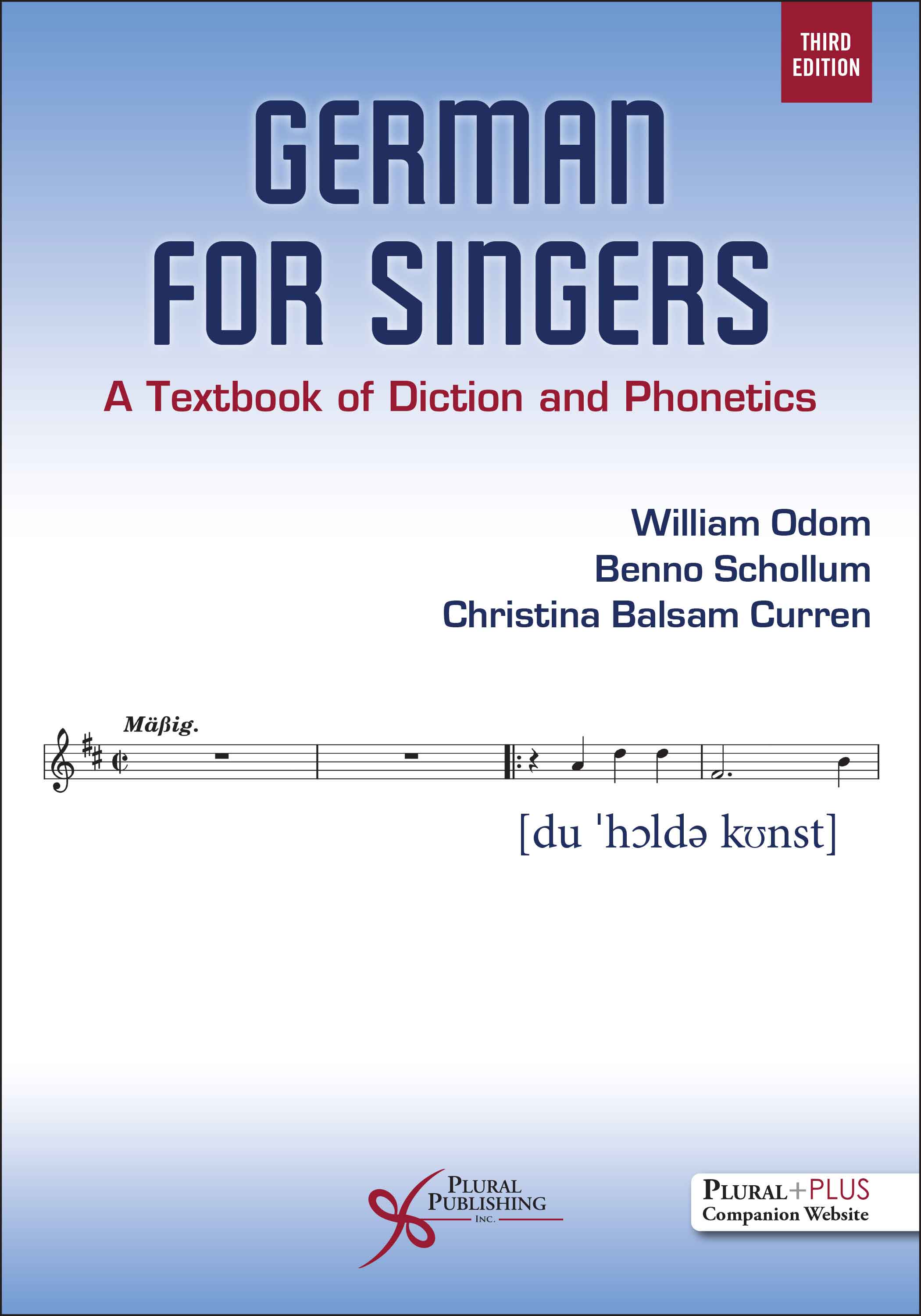
German for Singers: A Textbook of Diction and Phonetics
Third Edition
William Odom, Benno Schollum, Christina Balsam Curren
Details: 255 pages, B&W, Softcover, 8" x 10"
ISBN13: 978-1-63550-424-8
© 2025 | Available

